Knowledge
16.04.2020 Gemstones as an Investment
What is valuable? Something that is rare, beautiful and desirable.
All three of these criteria are met by gemstones. But does that make them a good investment?
The simple answer is: YES.

Gemstones as an alternative investment
Investing all one’s capital in stocks and shares offers the potential for high returns, but also heavy losses. If share prices rise, the investor makes a healthy profit, but if the opposite occurs and share prices fall, much of the invested capital can be lost.
To minimise this kind of risk, investors generally diversify their investments. This means they spread their available capital across various different investments, ranging from very safe to high-risk.
Different investment possibilities can be grouped into investment classes. Gemstones can be classed as “alternative investments”, alongside products such as precious metals, old-timers, watches and wine.
It can be safely assumed that someone who is interested in investing in gemstones already possesses other types of investment, such as shares, bonds, precious metals or real estate.

For whom are gemstones a suitable investment?
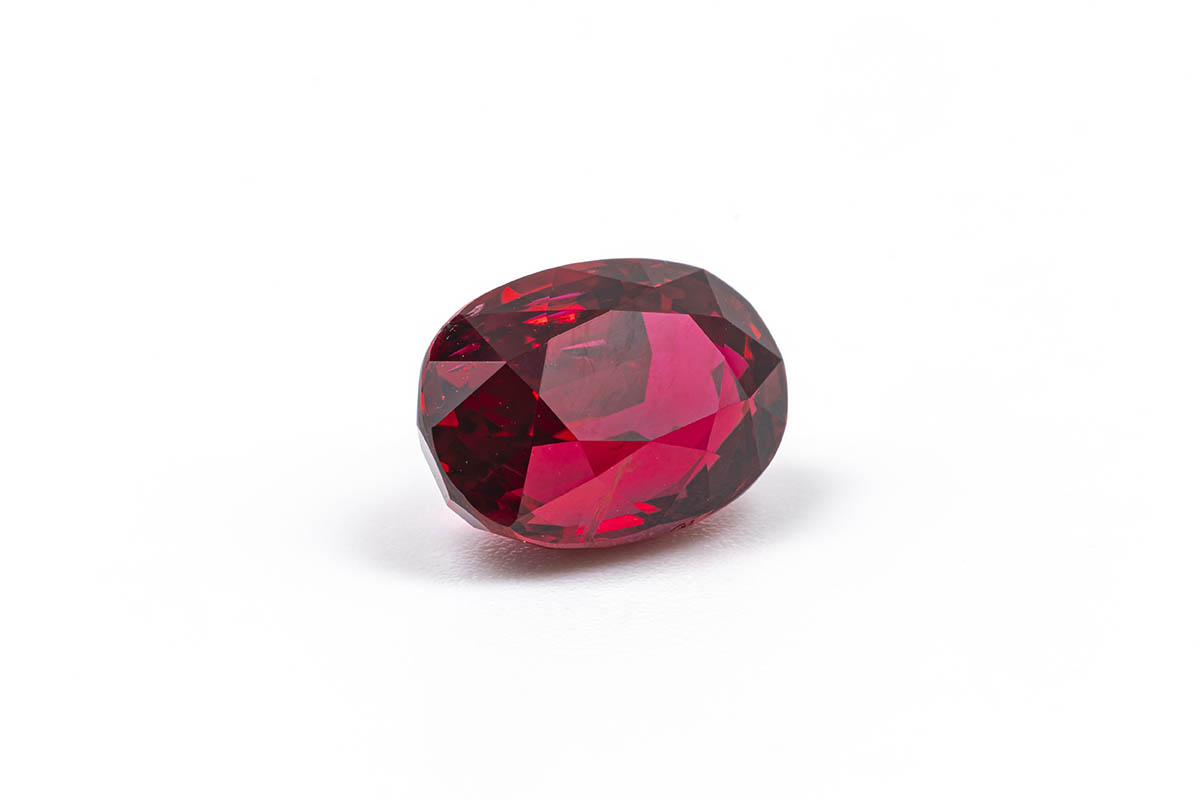
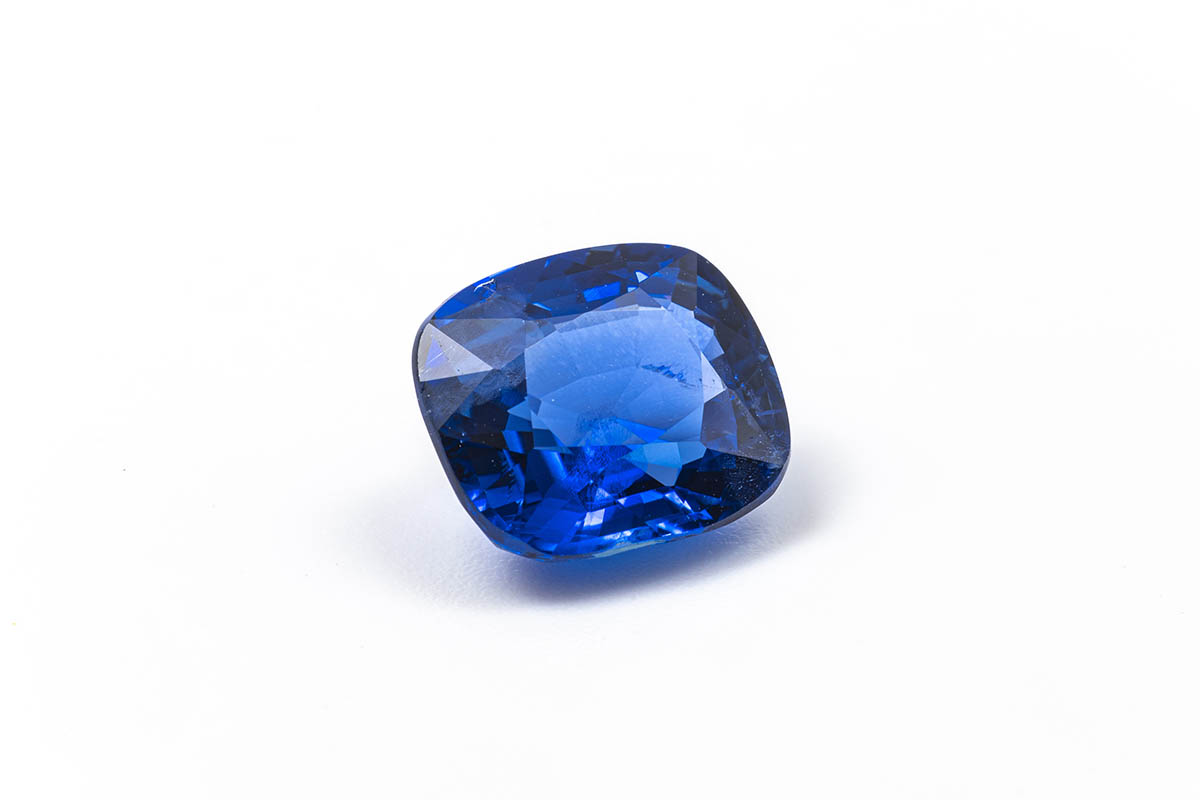
Primarily for people who
- already possess other types of investment
- wish to concentrate the highest possible value in the smallest possible volume
- would like to diversify their investments
- are interested in long-term capital growth
- wish to possess something that has been constantly desired for thousands of years
- wish to possess something that can easily be transported and can be passed on from generation to generation
- are interested in a complementary investment product that needs no attention: no special climatic conditions or storage (as are needed for paintings and wines), no maintenance and service costs (as are necessary for old-timers and watches)
- would like to be able to wear their investment as jewellery.
Although there are often fast profit possibilities with individual gemstones, these natural products should always be regarded as long-term investments of at least 5 to 10 years.

Which gemstones make suitable investments?
The answer is simple and can be deduced from history: which stones do almost all people know and which ones have been sought after and desired for thousands of years?
Rubies, sapphires, emeralds and diamonds.
Naturally coloured, untreated rubies, sapphires and emeralds of very good to excellent quality and from 1 ct weight upwards, as well as diamonds from 0.5 ct upwards make suitable investments. The quality, natural colour and lack of any treatment must be certified by an independent institute. A certification from a local jeweller, even a well-known and respected one, holds no value in this case. An independent certificate facilitates easy resale at a later date.
The value of a gemstone is a combination of three factors:
- the intrinsic value – the stone’s market value
- its aesthetic value and
- any possible historic value: should a stone have been worn by Napoleon or Marie-Antoinette, for example, and this can be proven by a painting or some other means, this will increase the value of the gemstone considerably.
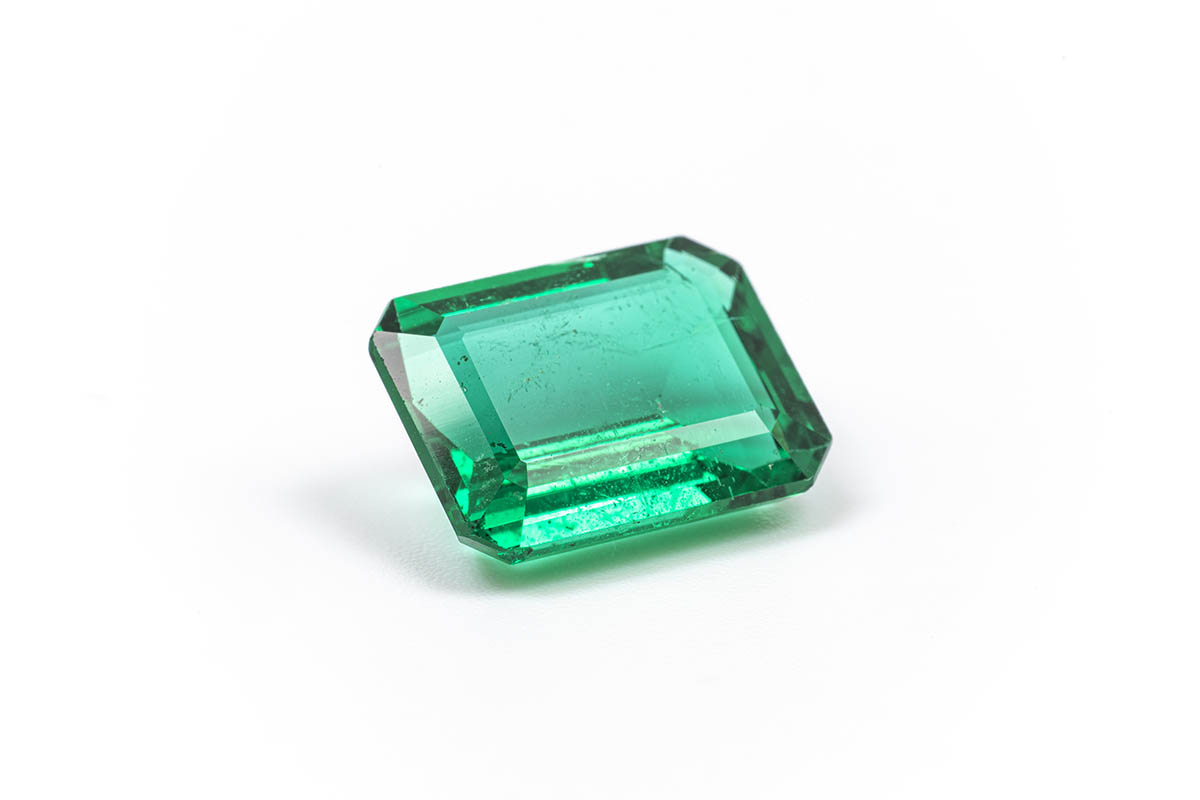
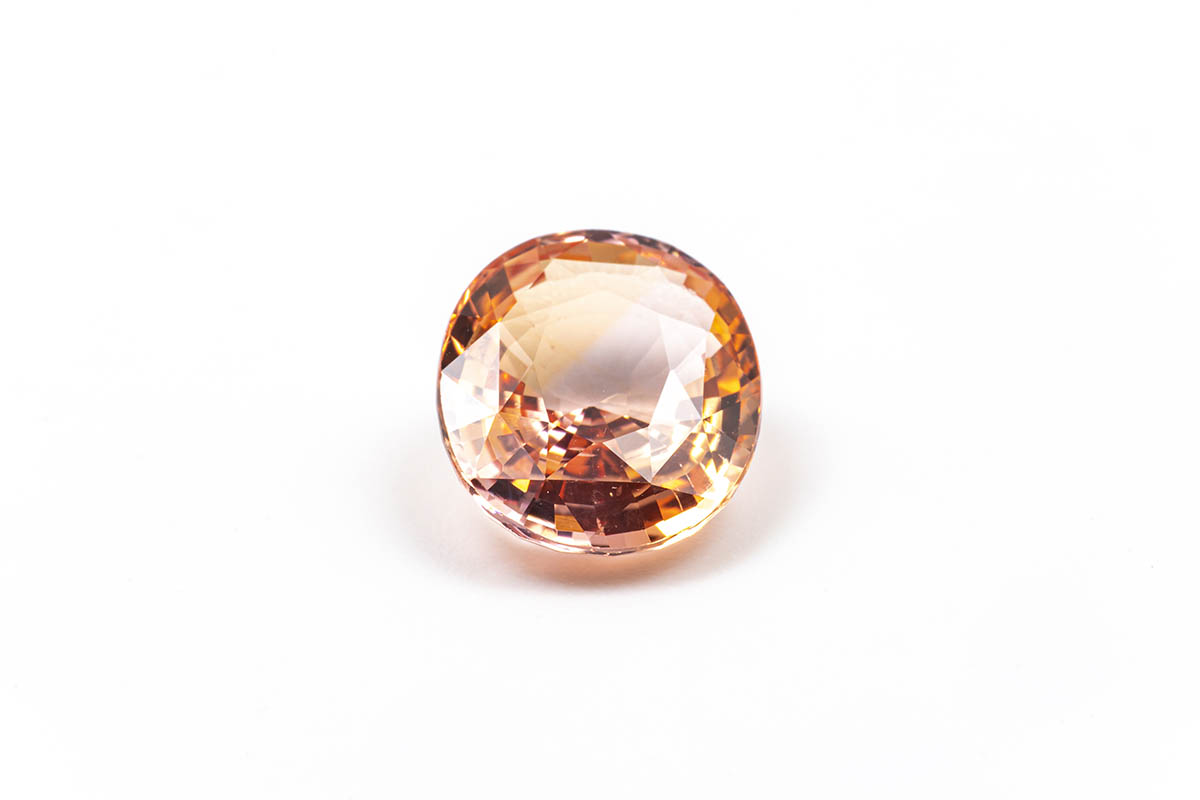

Performance
Since 1995 the market prices for naturally coloured, untreated gemstones have increased at least four-fold.

What should be considered when investing in gemstones?
The investment period
Gemstones steadily increase in value over time. They are thus suitable for long-term investment and complement other investment types. Five years should be considered as being the minimum investment.
The type of gemstone
Rubies, sapphires and emeralds are the “blue chip” of gemstones. History proves that they have been valued and internationally traded for over 5000 years.
Alongside “the big three”, tourmaline, tanzanite, spinel, alexandrite, and coloured diamonds also make suitable investment material.
For investment periods of 20 years or more, highest-quality white diamonds are also suitable.
The quality of the gemstone
For investment purposes we recommend buying gemstones of the highest possible quality. Within your budget, favour smaller, but purer and more scintillant stones.
The certificate
For every stone from EUR 500 value upwards, our clients receive at least one certificate and valuation from an independent gemmological institute and/or legally certified expert. For high-value gemstones we also provide an additional certificate from a renowned Swiss gemmological institute (i.e. SSEF or GRS).
Beauty
It is vital that you find the gemstones you purchase attractive. Why? Because beautiful, attractively scintillant gemstones are easier to resell. The seller, whether a private person or a dealer, will be happier selling beautiful gemstones than dull, lifeless ones.
The question of storage
Most of our clients prefer to store their gemstones themselves. However, we also offer insured storage in Vienna as well as storage in a duty-free warehouse in Liechtenstein for investments of 100 000 Euro upwards.
What should be considered?
Investment period
Type of gemstone
Authenticity
Beauty
Storage
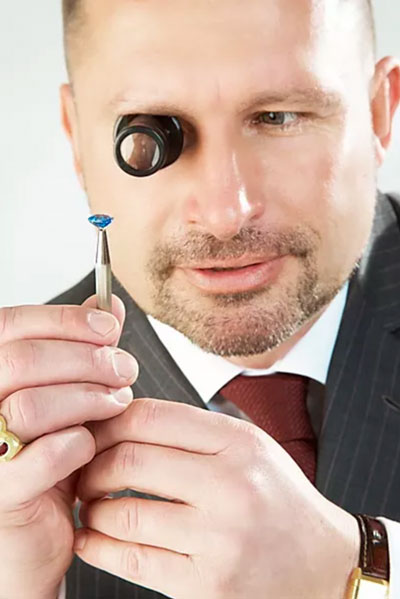

Can I wear these stones as jewellery?
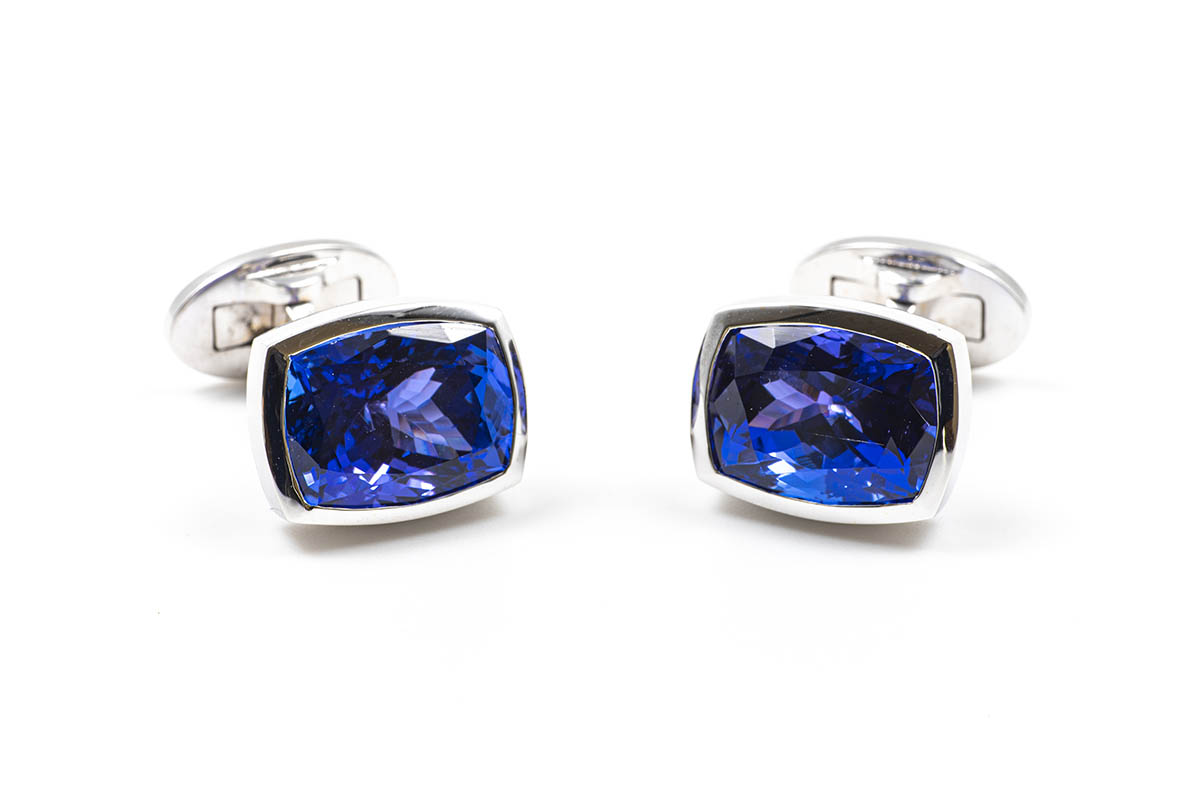
The answer is a definite “YES”!
Gemstones do not lose value by being incorporated into jewellery. They thus make a wonderful, wearable investment. Our goldsmiths will create unique rings, necklaces, earrings, cufflinks and any other pieces you desire. Should you be worried about theft or robbery, we are happy to recommend our insurer, who will make you a tailored offer.
Around 15 % of the gemstones we sell are subsequently set into jewellery, while the rest are stored unset in safes and strongboxes.



